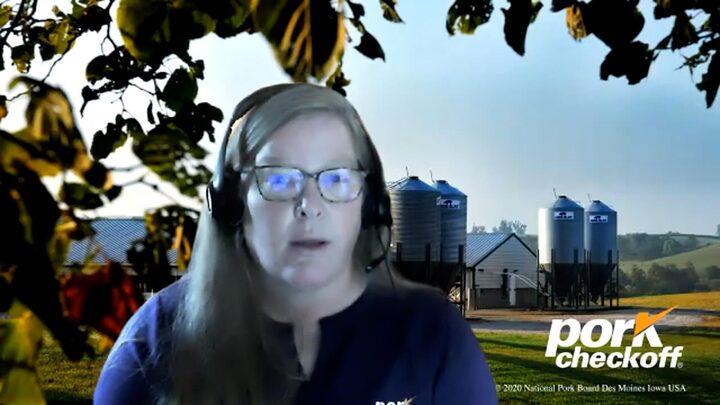Economic impact of PED outbreaks in naïve pig herds in the Netherlands
Published: July 19, 2023
By: T. Duinhof 1, P. Franssen 1, T. Geudeke 1, M. Houben 1, P. van der Wolf 2 / 1 GD Animal Health; 2 until 1st July 2015 affiliated with GD Animal Health, Deventer, Netherlands.
Summary
Keywords: economic, PED, the Netherlands
Introduction:
The impact of PED outbreaks in the United States had led to a high level of awareness in the Netherlands. A baseline study in the Netherlands, conducted in the second half of 2014, confirmed the naïve status of the Dutch pig industry for PEDv. After the study was completed the first outbreak of PED occurred in the Netherlands in November 2014. Until April 2015 a total of 51 outbreaks was confirmed. These outbreaks of PED were caused by low virulent strains of PEDv, strongly related to strains found in Germany and France and to US INDEL OH851, as was confirmed by sequence analysis. At that moment, no data on the economic impact of a PED outbreak under Dutch circumstances were available. Based on 11 cases we studied the production and economic impact of a PED outbreak in Dutch pig herds. This study was financed by the Dutch government and pig industry.
Materials and Methods:
Eleven herds diagnosed with a PED outbreak were included: five finishing herds with 440 – 2300 finishers, one nursery unit with 1800 weaners and five sow herds with 300 – 1500 sows. All herds were diagnosed from November 2014 until April 2015. The collected production data per finisher herd were mortality rate, average daily weight gain (ADWG), food conversion ratio (FCR), and delay in delivering to slaughter. For sow farms data on mortality of suckling and weaned piglets, growth rate and reproduction parameters were gathered.
Results:
Overall the clinical picture and impact of an outbreak of PED varied between farms. In finishers the PEDv outbreak resulted in a reduced ADWG of 40 – 70 gram per day, the FCR worsened with 0,1 – 0,2, and loss of uniformity led to a delay in delivery to the slaughterhouse up to 21 days. In finishers there was hardly any extra mortality. On the sow farms economic damage consisted of mortality of suckling piglets during three weeks (ranging from 40 to 100%), decreased ADWG and increased mortality of weaners. In sows repeat breeders and abortions were recorded.
Conclusion:
In finishing herds the average economic impact per finisher is estimated to be € 6. In sow herds the economic damage is mainly caused by mortality of piglets in the first week after farrowing during a rather short period of 3 weeks, and the poor quality of weaned piglets in the same period. We calculated the average economic impact per sow on commercial piglet producing farms in the Netherlands to be € 40 maximum.
Disclosure of Interest: None Declared.
Published in the proceedings of the International Pig Veterinary Society Congress – IPVS2016. For information on the event, past and future editions, check out https://ipvs2024.com/.
Content from the event:
Related topics:
Authors:
GD Animal Health
Recommend
Comment
Share

Would you like to discuss another topic? Create a new post to engage with experts in the community.






